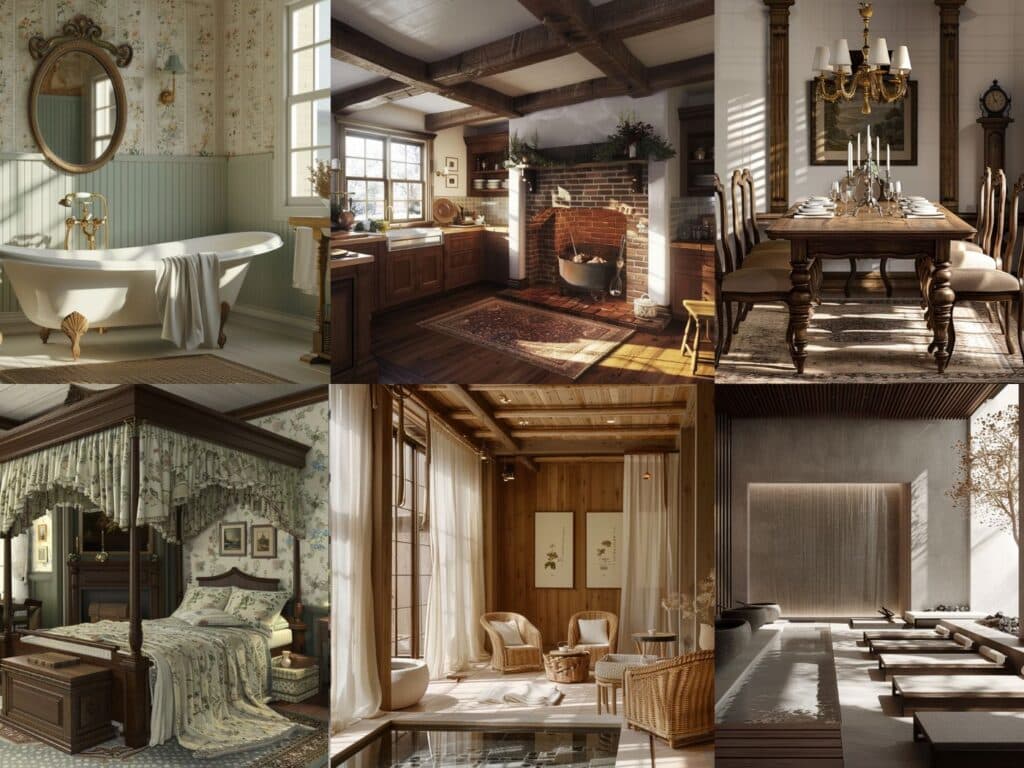Are you yearning for a home that exudes timeless elegance and rich history? Colonial interior design may well be just what you’re looking for. This classic style, rooted in the early American colonial period, combines sophistication with comfort, offering a warm and inviting atmosphere.
Imagine walking into a room filled with natural wood tones, antique furnishings, and charming architectural details. It’s not only aesthetically pleasing but also tells a story of tradition and heritage. Whether you’re renovating an old house or simply want to incorporate elements of this enduring style into your modern home, exploring Colonial interior design can provide endless inspiration and practical solutions.
21 Colonial Interior Design Ideas And Styles to Inspire Your Décor
#1. Colonial Onsen
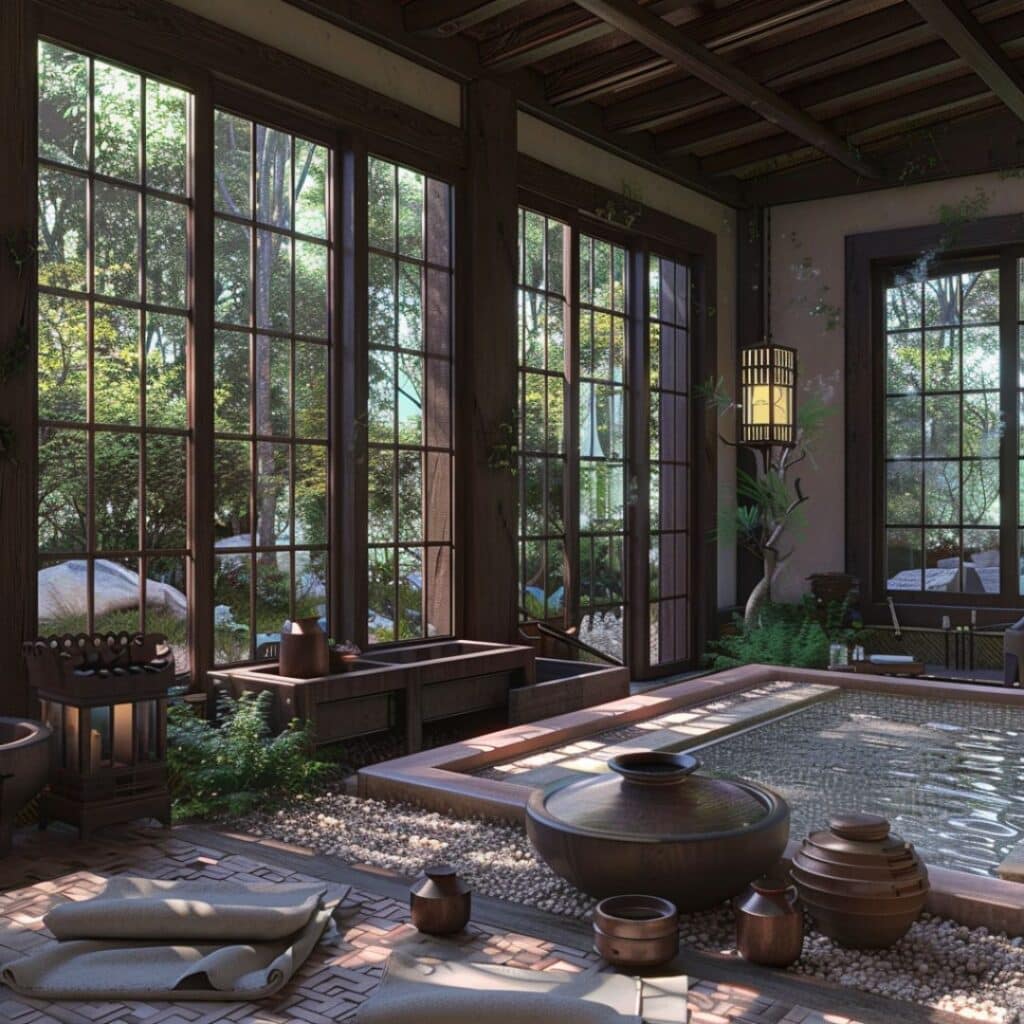
#2. Colonial Onsen Chaise Lounges

#3. Colonial Onsen Space
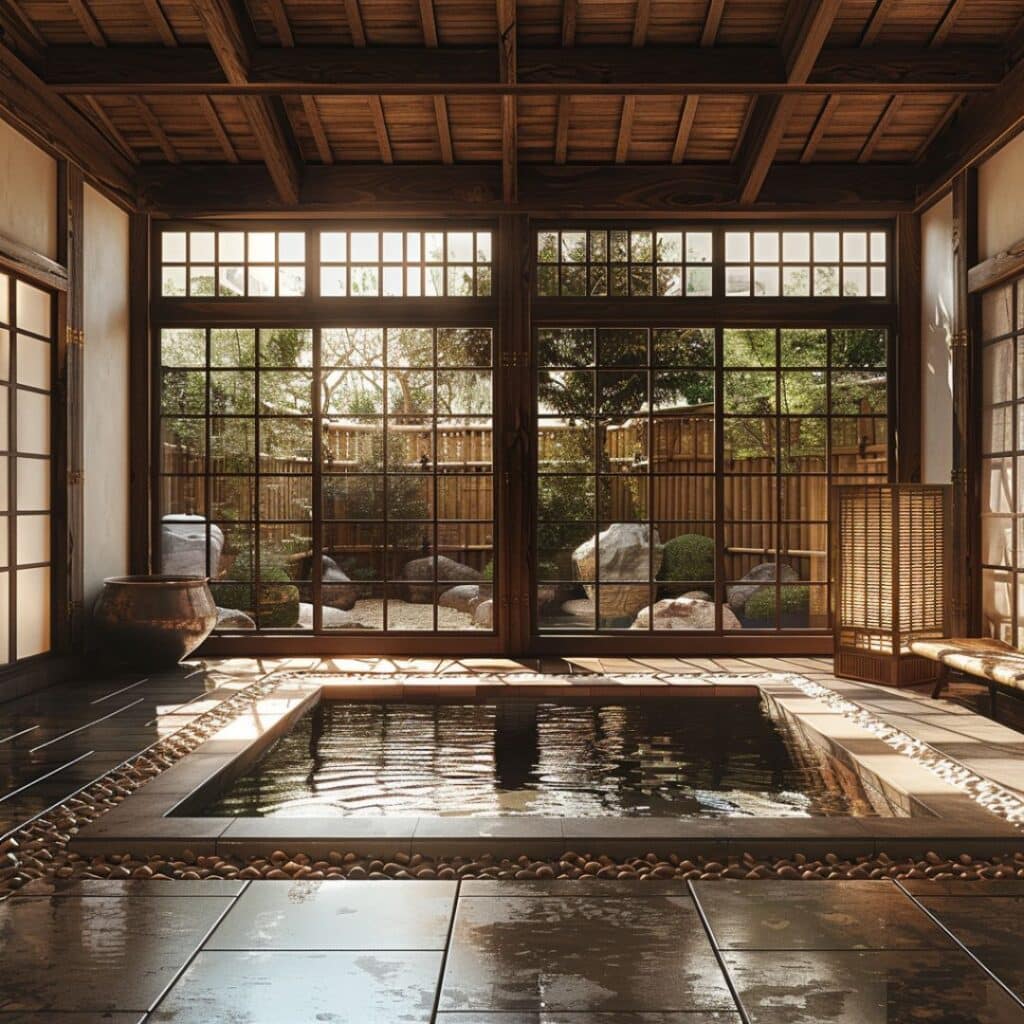
#4. Colonial Onsen View
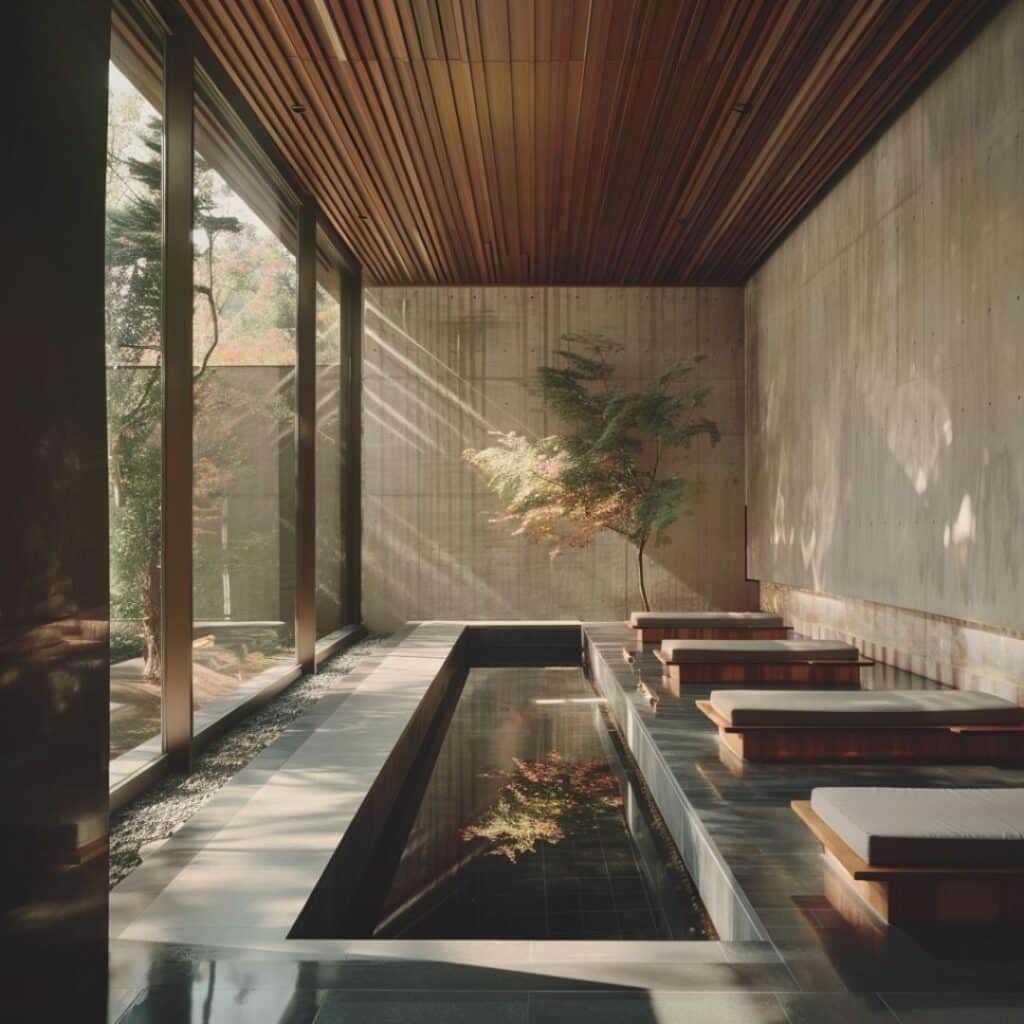
#5. Colonial Onsen Pictures
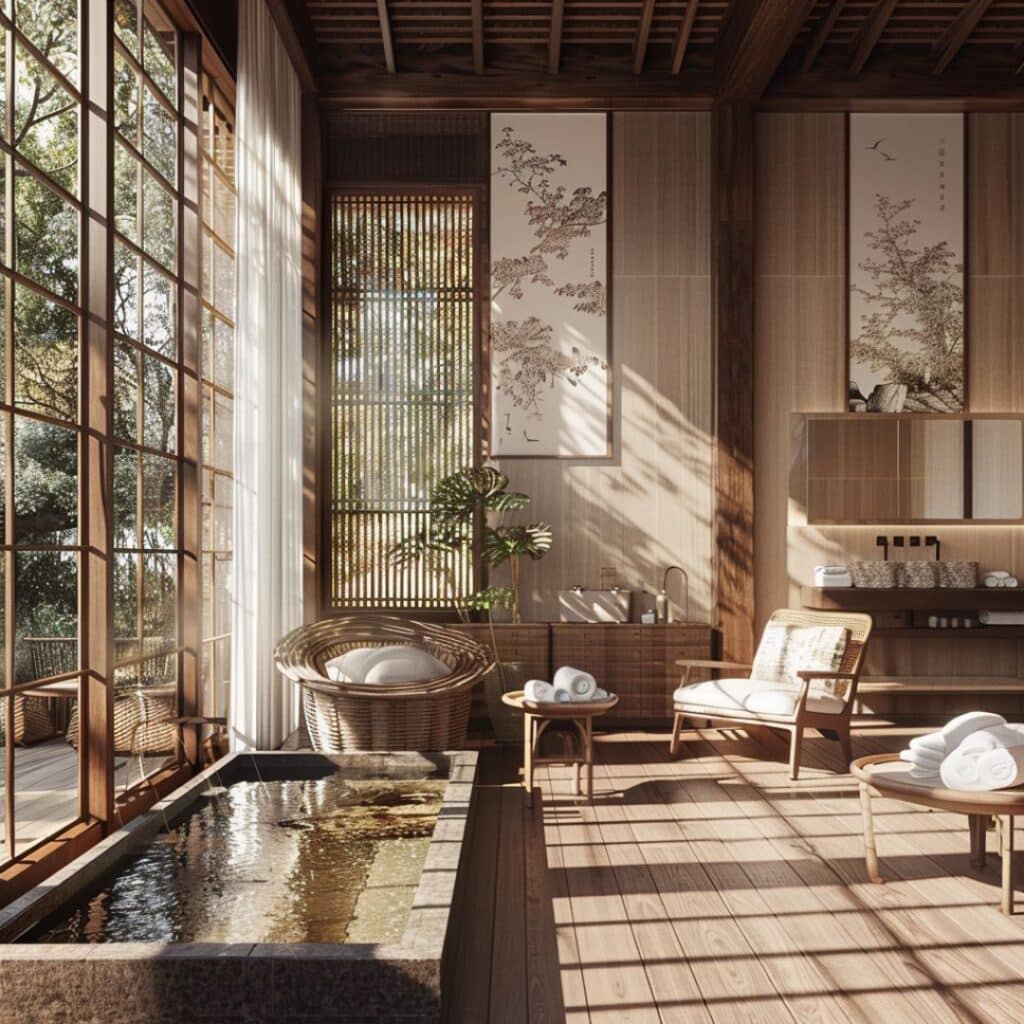
#6. Colonial Onsen Lights
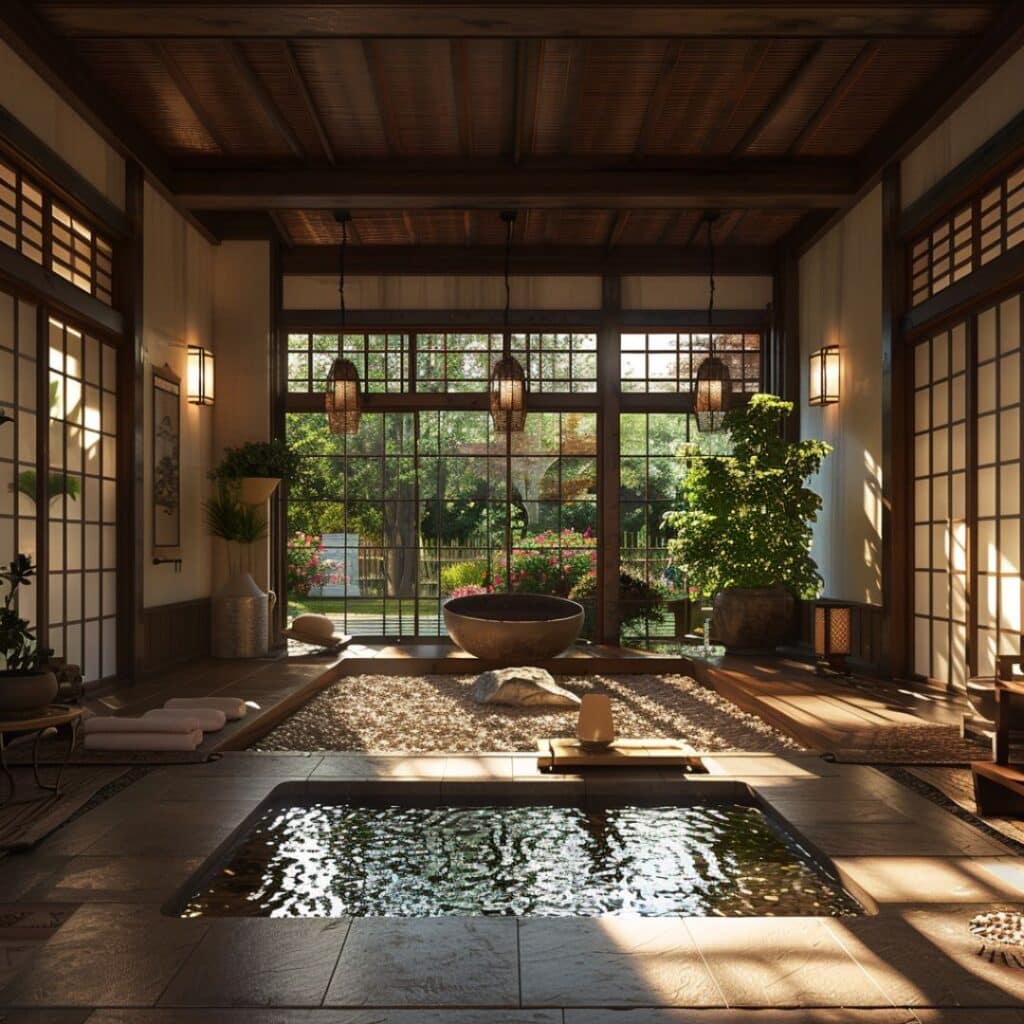
#7. Colonial Onsen Interior Idea
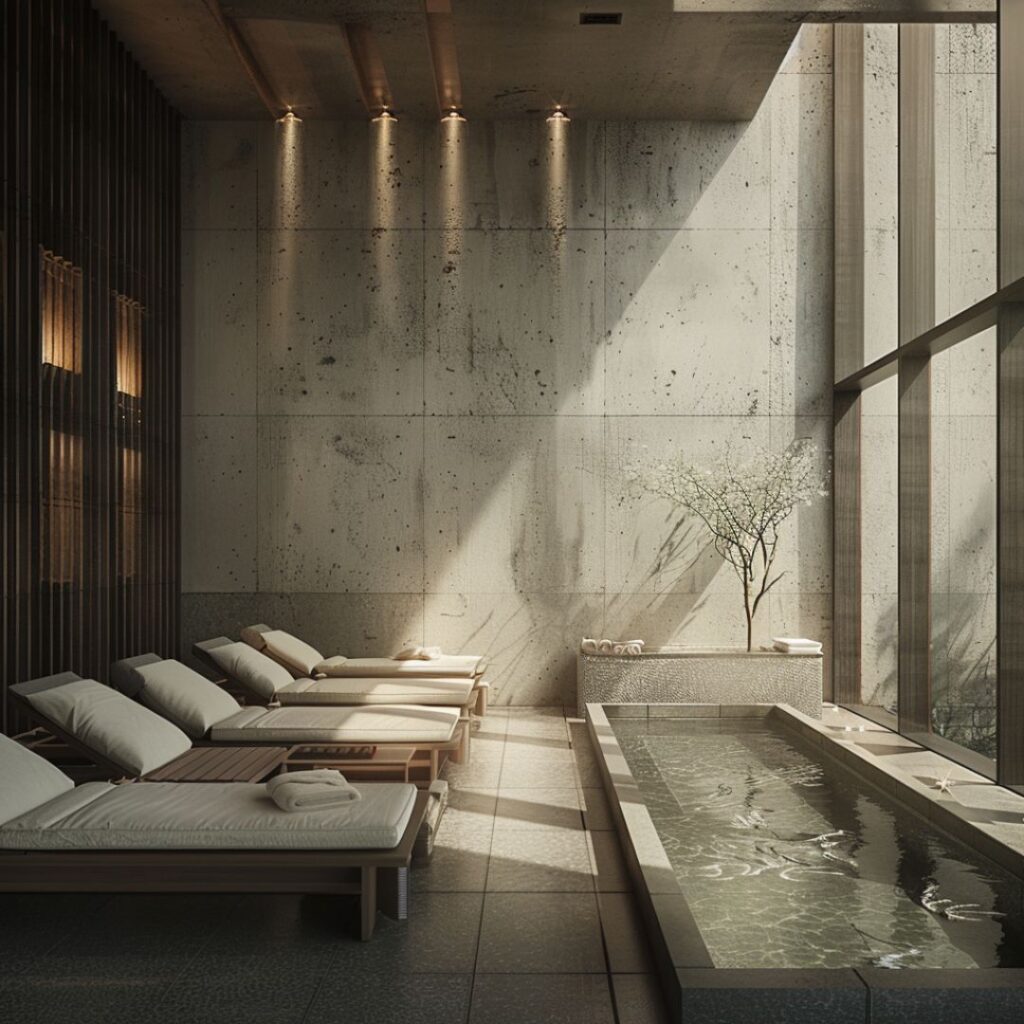
#8. Colonial Onsen Interior Design
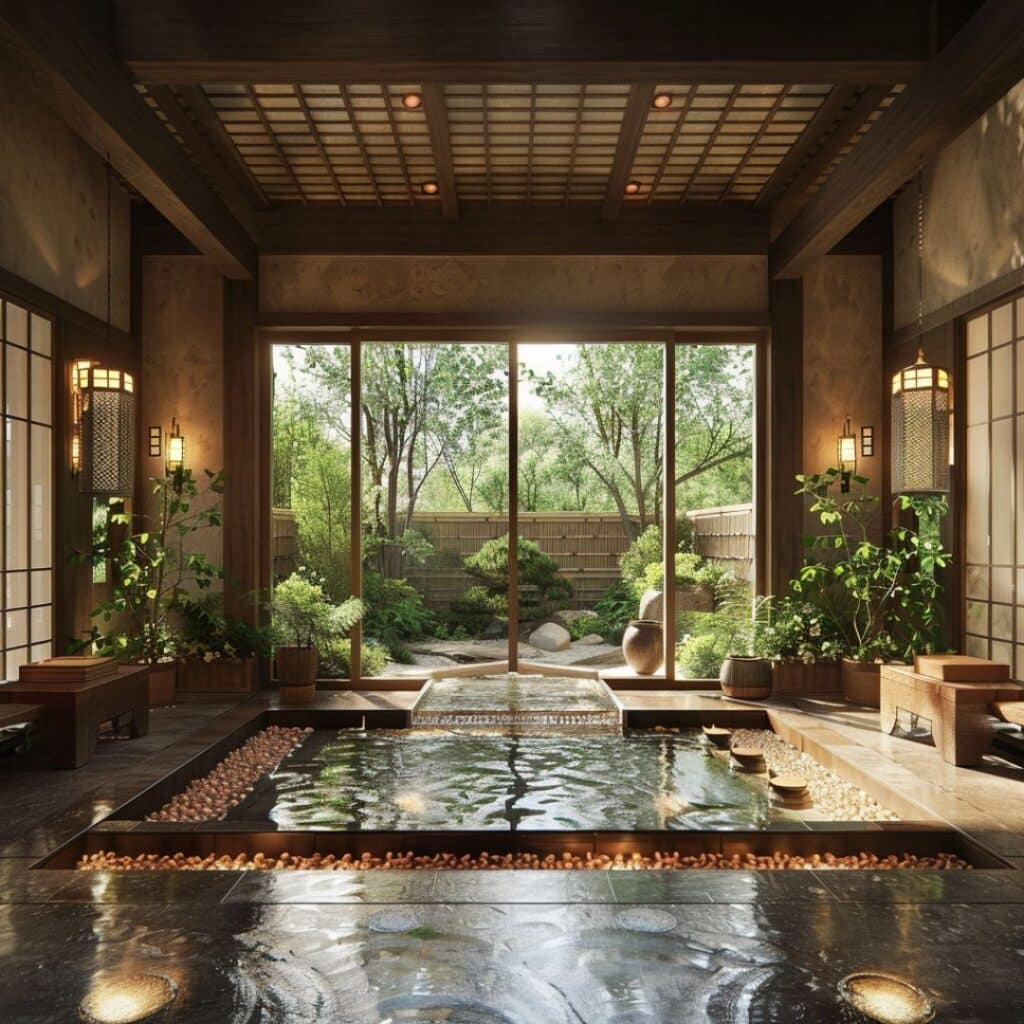
#9. Colonial Onsen Decor
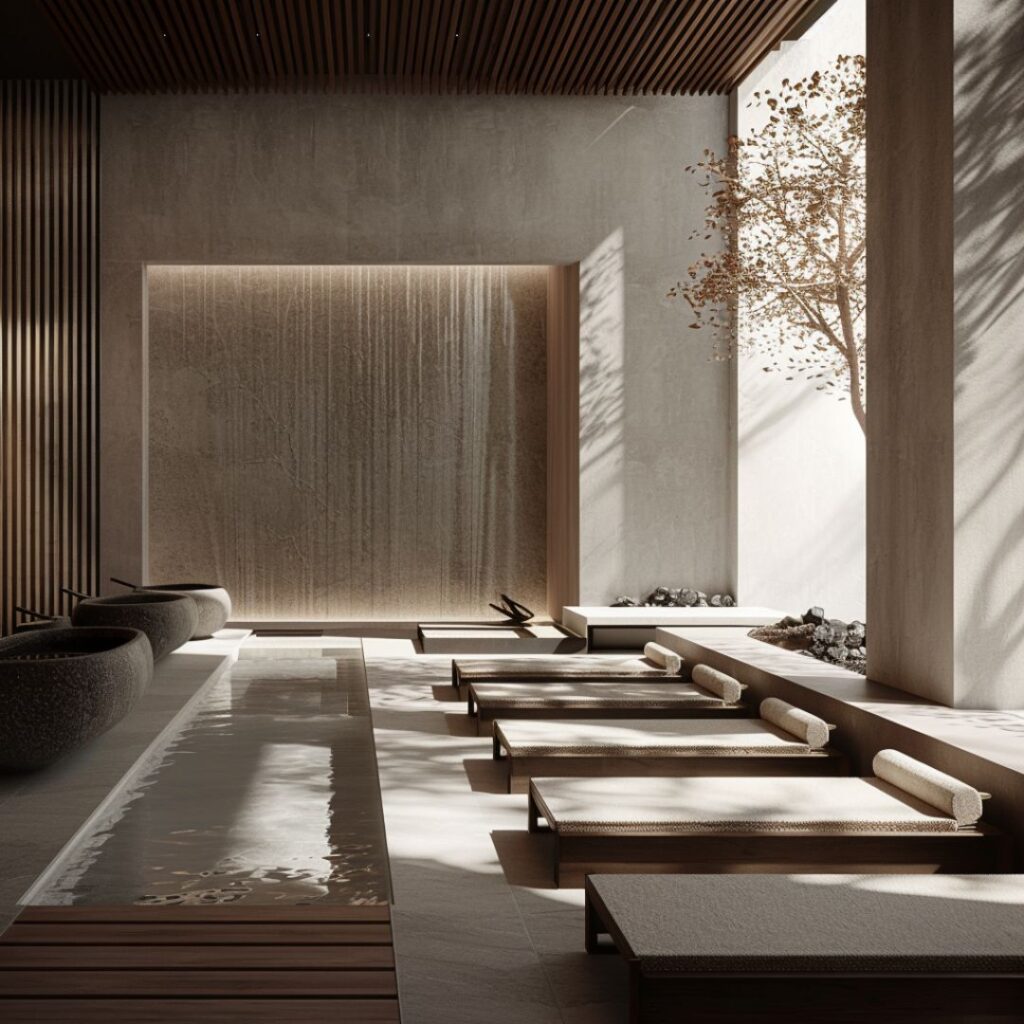
#10. Colonial Onsen Chairs
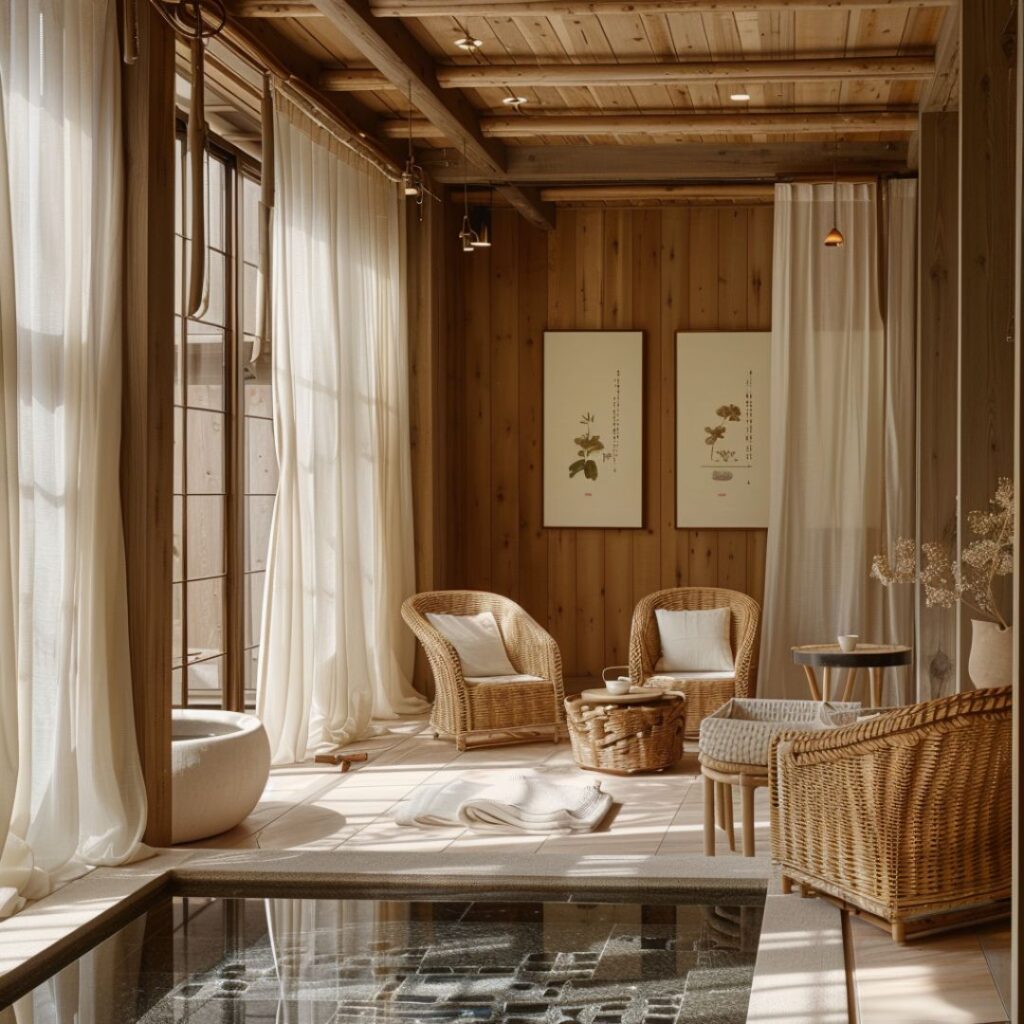
#11. Colonial Onsen Bathtub
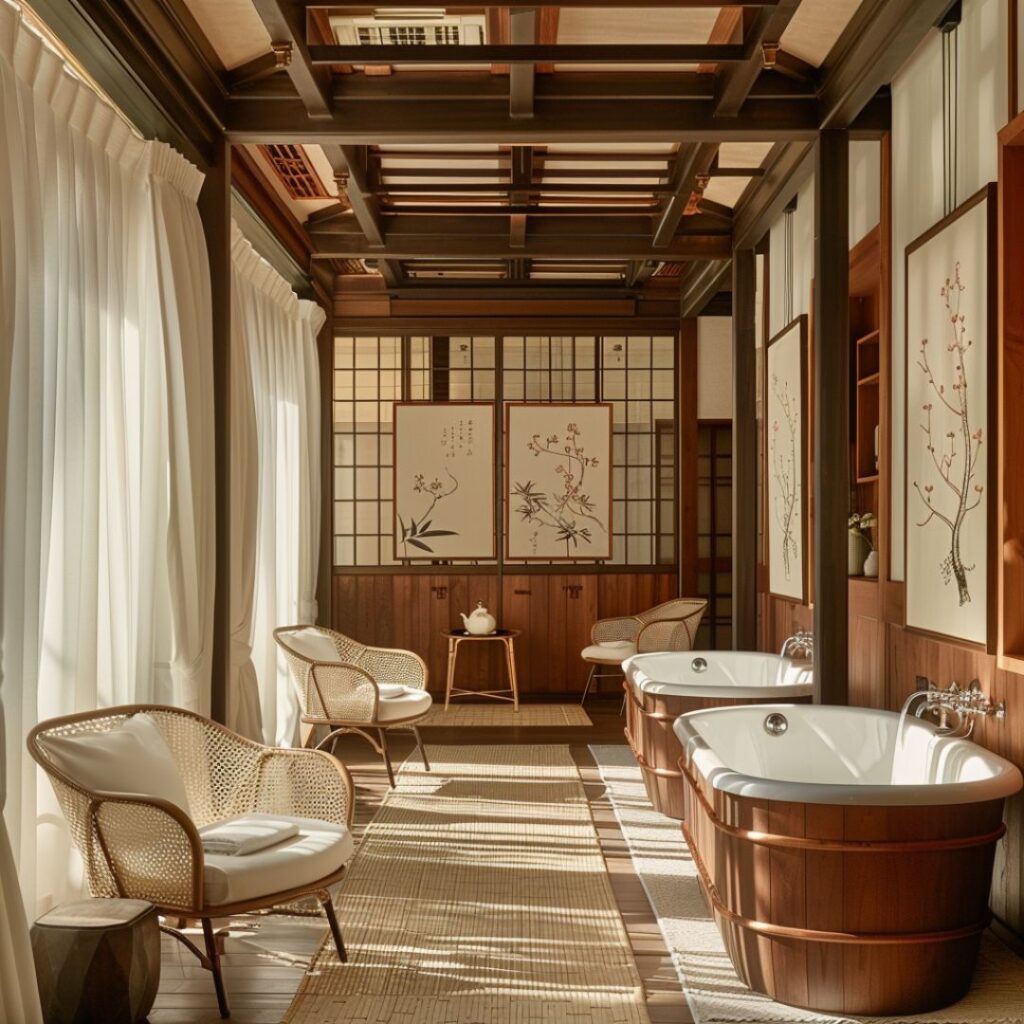
#12. Colonial Living Room Interior Design
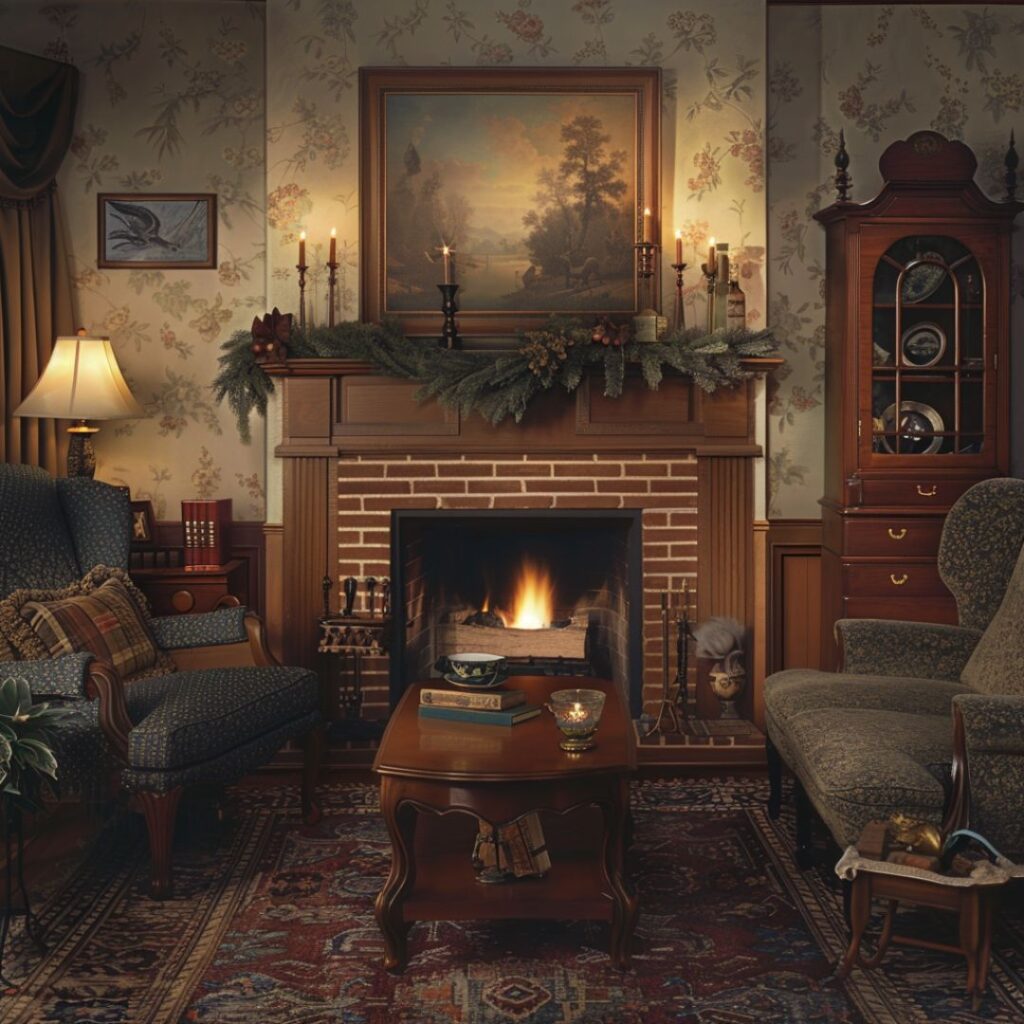
#13. Colonial Kitchen Design

#14. Colonial Kitchen Interior Design
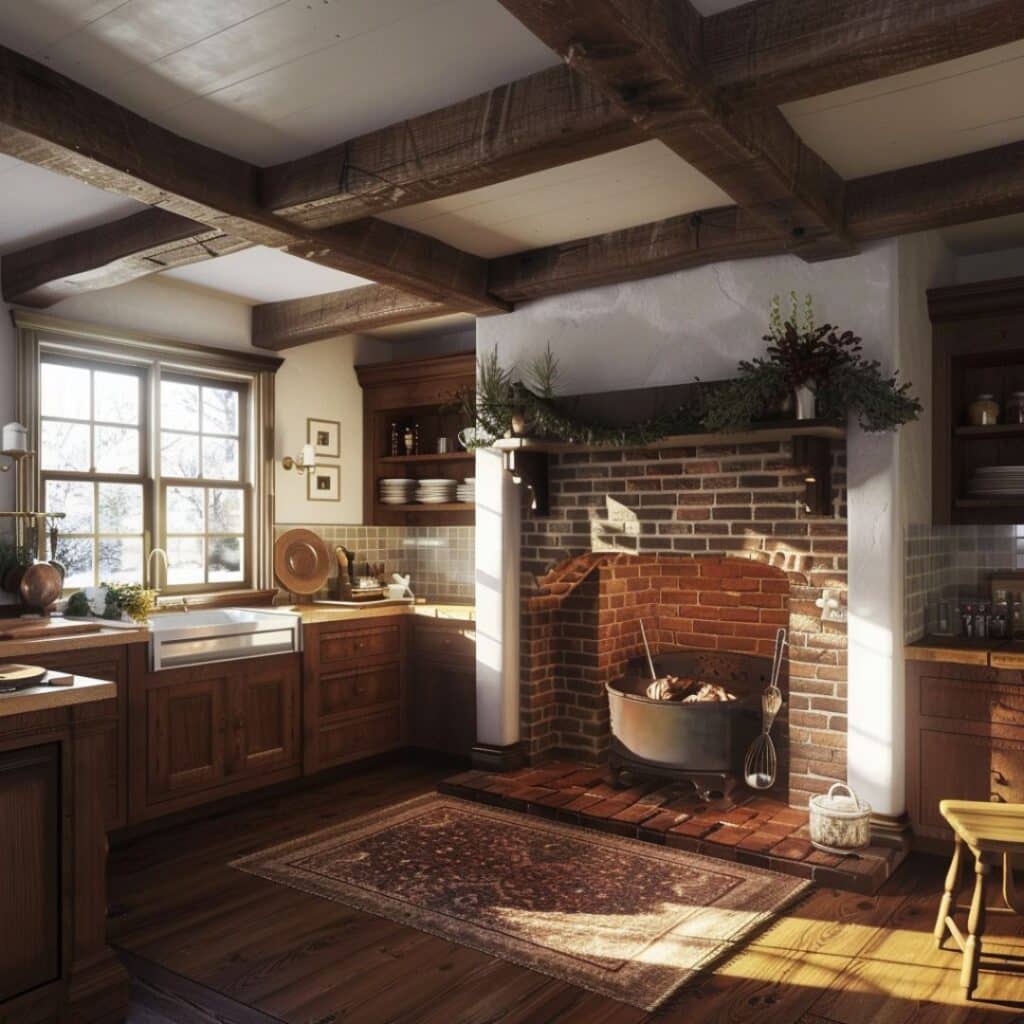
#15. Colonial Dining Room Interior Design
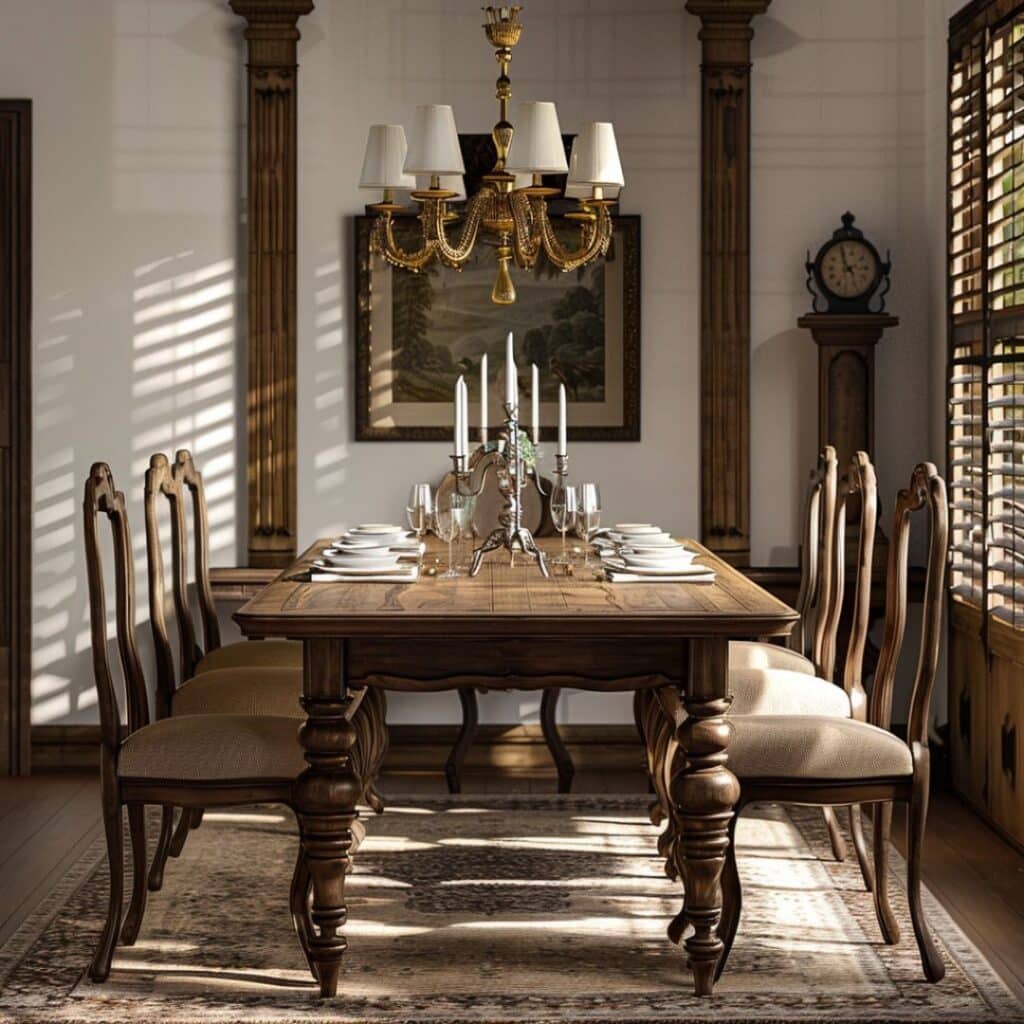
#16. Colonial Dining Room Design
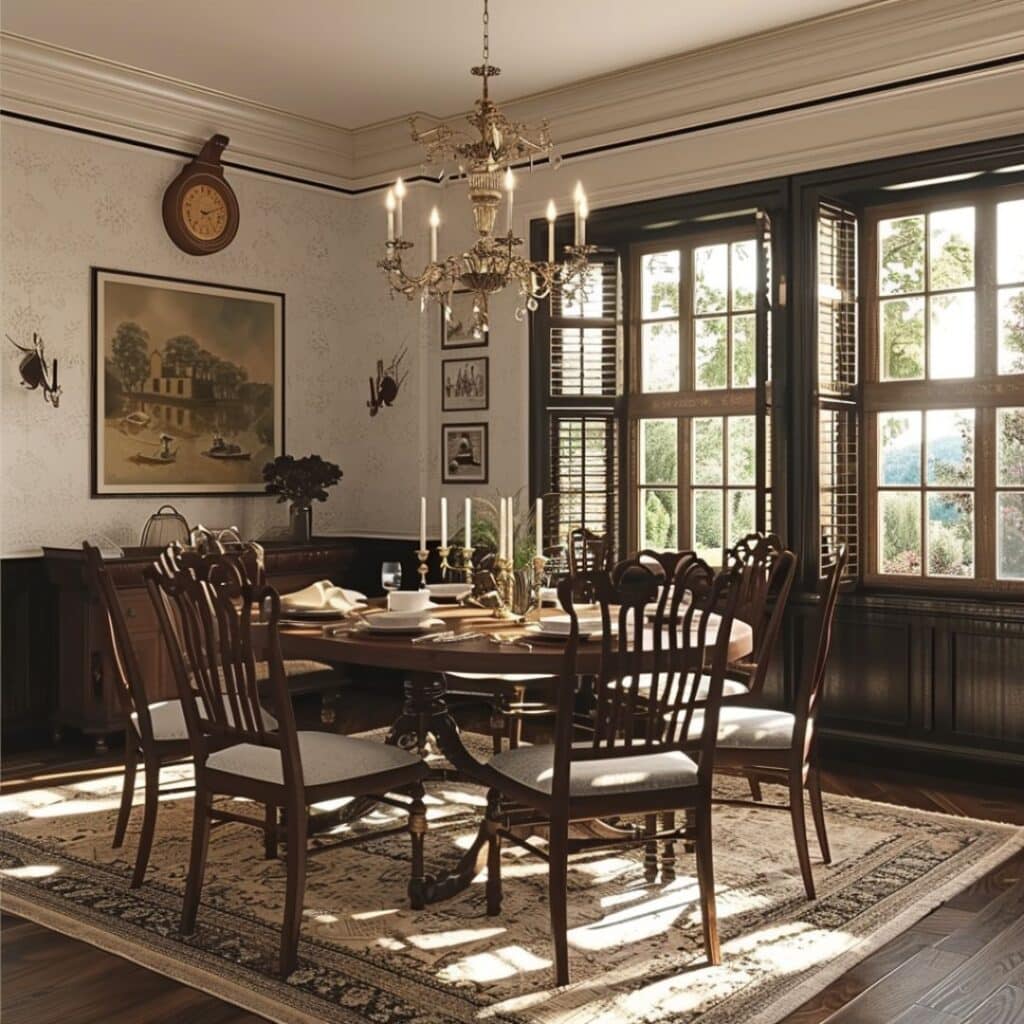
#17. Colonial Bedroom Interior Design
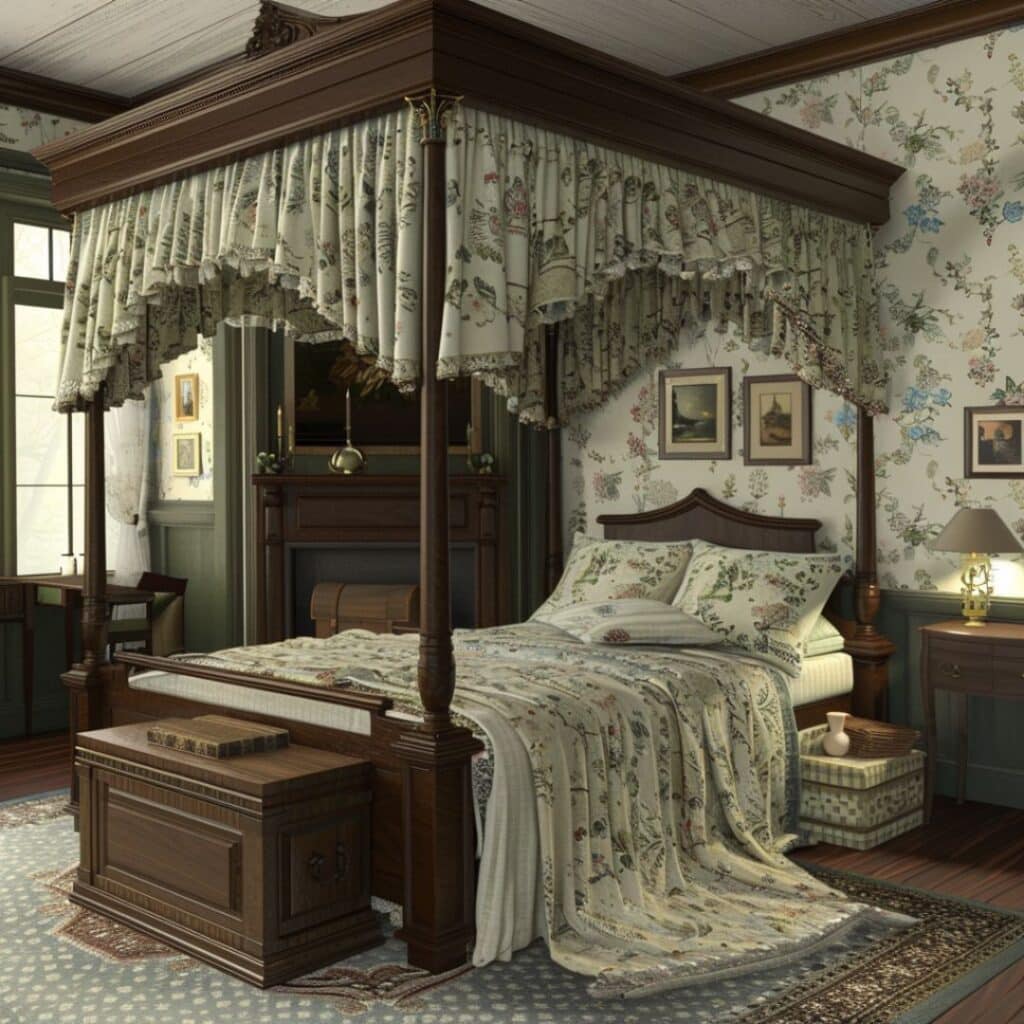
#18. Colonial Bedroom Design
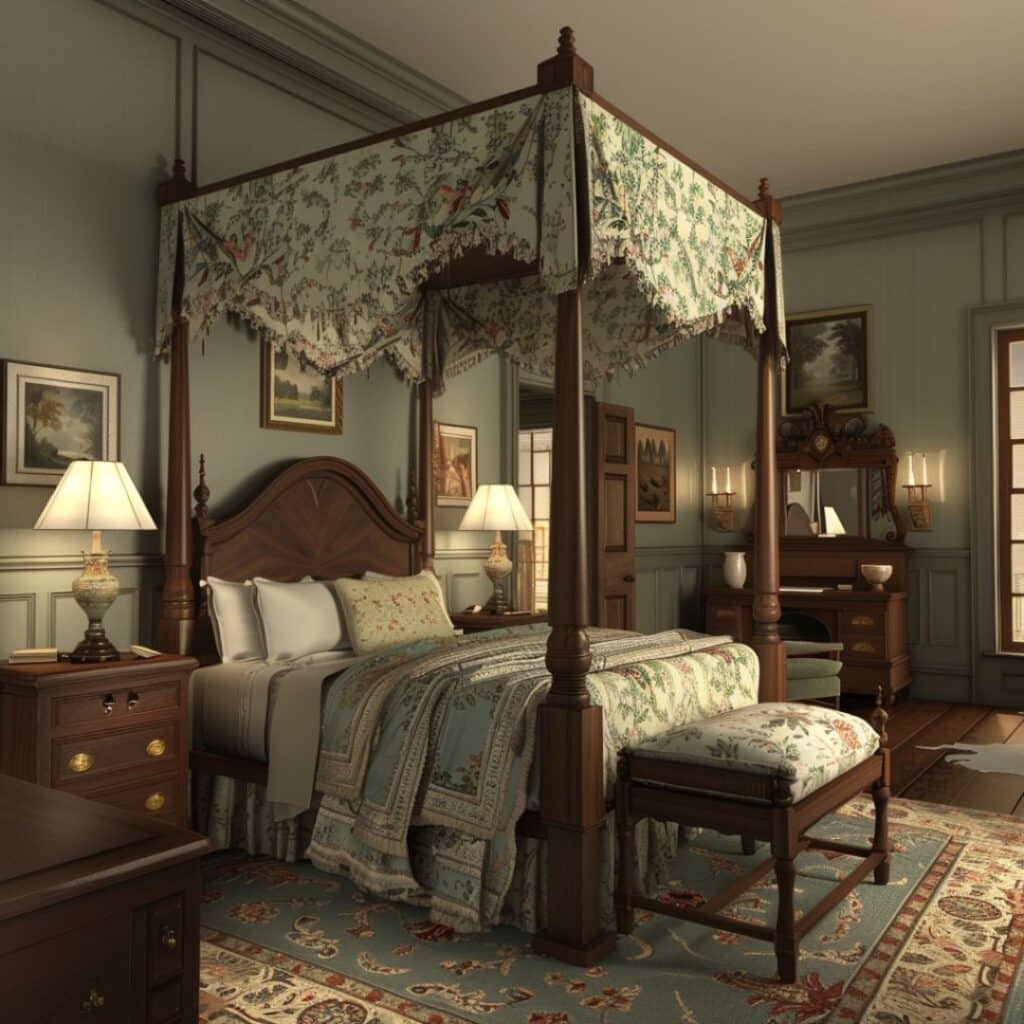
#19. Colonial Bathroom Interior Style
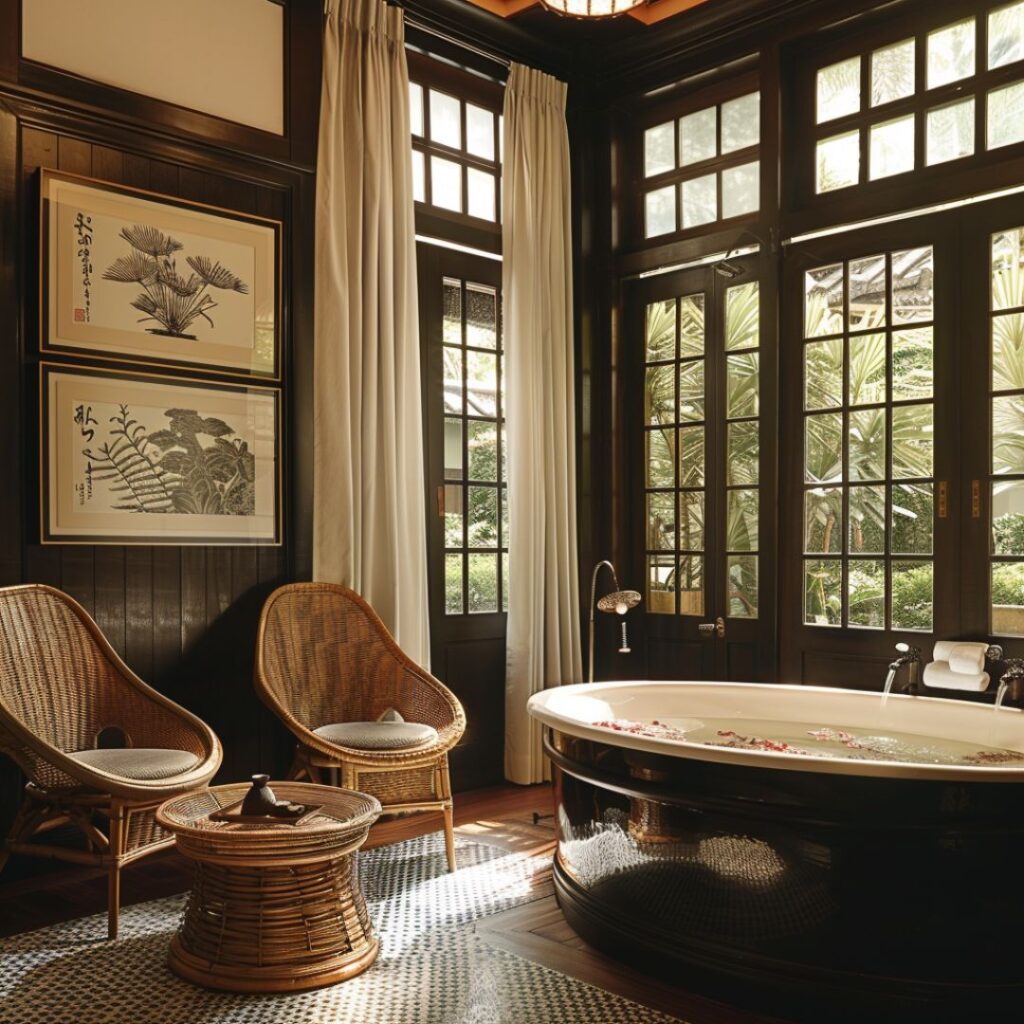
#20. Colonial Bathroom Interior Design
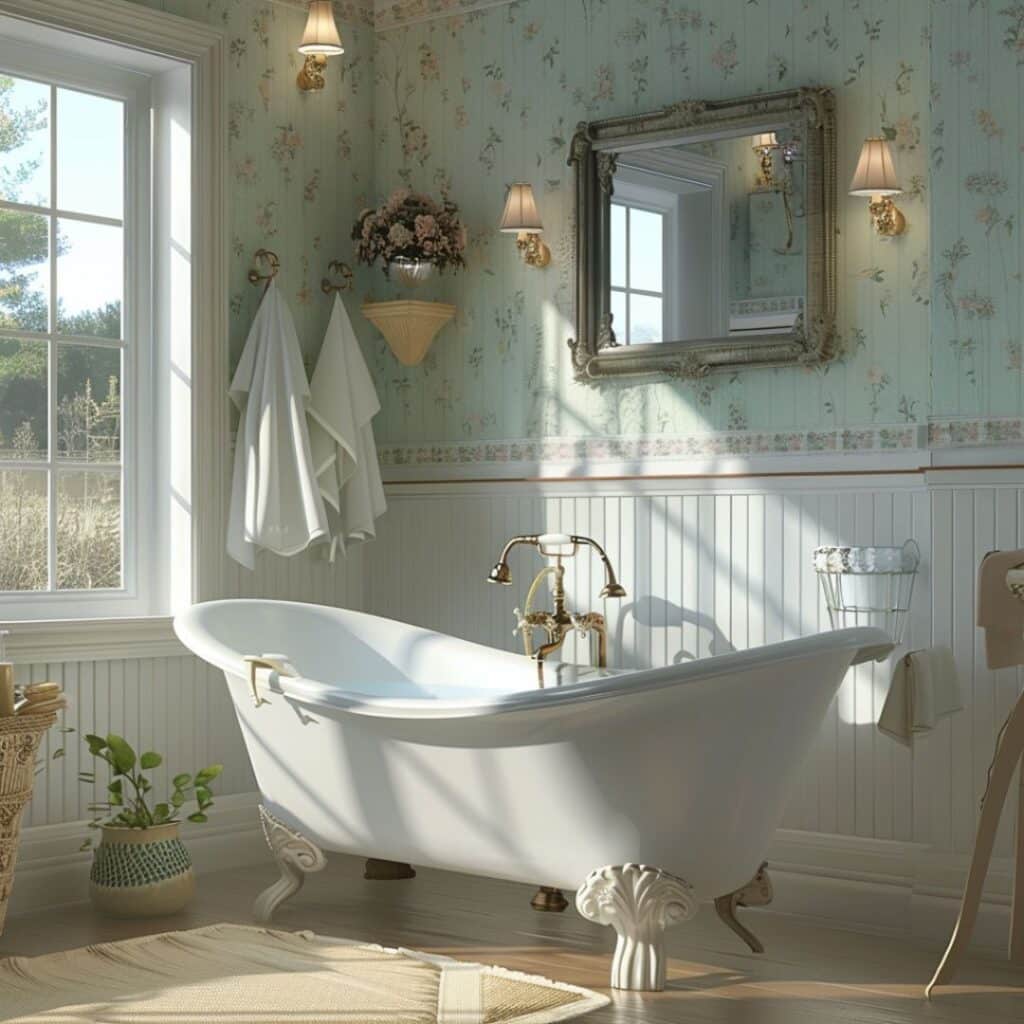
#21. Colonial Bathroom Design
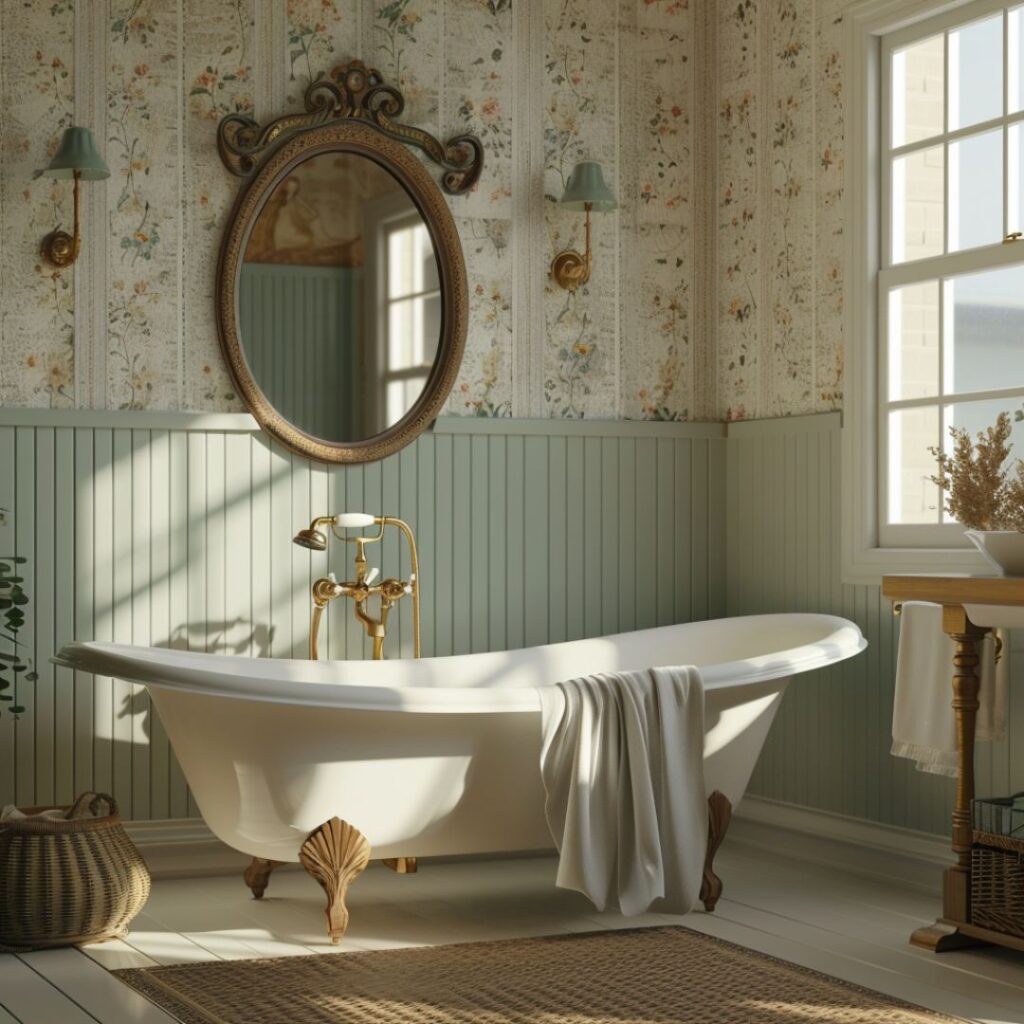
Understanding Colonial Interior Design
Colonial interior design reflects the early American colonial period, blending elegance and history. It offers a mix of comfort and sophistication.
Origins and Evolution
The roots of Colonial interior design trace back to the 17th century when European settlers brought their styles to America. Early designs featured practical furniture crafted from local wood. Over time, British, Dutch, French, and Spanish influences shaped this style, creating a distinctive blend.
By the 18th century, wealthier colonists began incorporating finer materials like mahogany and intricate details. This evolution added layers of refinement while maintaining practicality.
Key Characteristics
Colonial interiors often feature natural wood tones in floors, walls, and furniture. Antique furnishings add historical depth with pieces like high-back chairs or four-poster beds.
Architectural elements include exposed beams and large fireplaces that anchor rooms. Symmetry plays a crucial role in window placement and room layout.
Colors are typically muted earth tones—think creams, soft blues, greens—with occasional bursts of deep reds or dark browns for contrast. Textiles such as woven rugs or simple drapery complement these hues without overwhelming them.
Incorporating these elements can transform modern spaces by infusing them with timeless charm rooted in history.
Elements of Colonial Decor
Colonial interior design captures elegance and historical charm. It combines practical elements with refined details.
Architectural Details
Architectural elements define the Colonial style. Exposed wooden beams, often made from local timber, add rustic appeal. Large fireplaces serve as focal points in living spaces, providing warmth and ambiance.
Symmetry is crucial in Colonial interiors. Rooms feature balanced layouts with evenly spaced windows and doors. This symmetry creates a sense of order and harmony throughout the space.
Color Schemes and Materials
Color palettes in Colonial decor lean towards muted earth tones like beige, cream, and soft greens. These colors reflect natural surroundings and create a serene environment. Additionally, you can achieve a light, beachy vibe by combining coastal home design with these tones with light blues and sandy hues.
Materials play a significant role as well. Wood is prevalent, used for flooring, paneling, and furniture pieces such as tables or chairs crafted from oak or mahogany. Textiles like woven rugs complement these materials by adding texture to the rooms while reinforcing the color scheme.
Incorporating these details can transform modern spaces into timeless havens that echo early American colonial homes’ rich history.
Furniture Styles in Colonial Interior Design
Colonial interior design is marked by its historical charm and functional elegance. The choice of furniture plays a pivotal role in achieving this style.
Popular Types of Furniture
Windsor Chairs: These chairs feature spindle backs and wooden seats, often painted or stained. They bring a touch of simplicity to any room.
Chippendale Chairs: Known for their intricate carvings and cabriole legs, these chairs add sophistication to dining areas.
Four-Poster Beds: Tall bedposts with ornate details typify these beds and create a focal point in the bedroom.
Pie Safes: Originally used to store baked goods, pie safes feature tin-punched doors for ventilation. They’re now popular as decorative storage units.
Choosing Authentic Colonial Pieces
Authenticity enhances the overall aesthetic of your colonial interior. Look for pieces crafted from solid woods like oak, cherry, or mahogany.
Examine the joinery. Traditional methods such as dovetail joints indicate quality craftsmanship typical of the period.
Seek out antique shops specializing in early American furnishings or reputable online marketplaces offering authenticated items. These sources often provide detailed information about each item’s history and provenance.
Accessorizing a Colonial-Styled Home
Accessorizing a colonial-styled home requires careful selection of items that reflect the era’s elegance and simplicity. Focus on authenticity and craftsmanship to maintain the historical essence, seamlessly blending vintage interior design elements.
Art and Decorative Items
Colonial art often includes portraits, landscapes, and botanical prints. Look for reproductions or antiques framed in dark wood with intricate carvings. Display pewter candlesticks, brassware, and porcelain figurines on mantels or shelves to add charm.
Textiles and Fabrics
Textiles bring warmth to colonial interiors through woven rugs, quilts, and tapestries. Choose natural fibers like cotton or wool in muted colors such as browns, greens, and deep reds. Incorporate window treatments using heavy drapes or simple curtains with tie-backs fashioned from rope or fabric strips.
Room-by-Room Guide to Colonial Interior Design
Entryways and Living Rooms
Colonial entryways often feature grand staircases, wide plank floors, and wooden paneling. Choose a high-backed bench or carved chest for seating. Add a vintage coat rack for practicality.
Living rooms in this style emphasize comfort and elegance, embodying traditional interior design principles. Use natural wood furniture like side tables and bookcases. Opt for neutral colors on walls with subtle patterns using wainscoting or chair rails.
Kitchens and Dining Areas
Kitchens reflect simplicity with functional design elements. Incorporate open shelving displaying crockery and copper cookware. Wooden countertops enhance the rustic charm, while apron-front sinks add authenticity.
Dining areas showcase large wooden tables paired with ladder-back chairs. Place a simple chandelier above the table to create ambiance. Use woven placemats and linen napkins for added texture, reflecting the colonial aesthetic.

